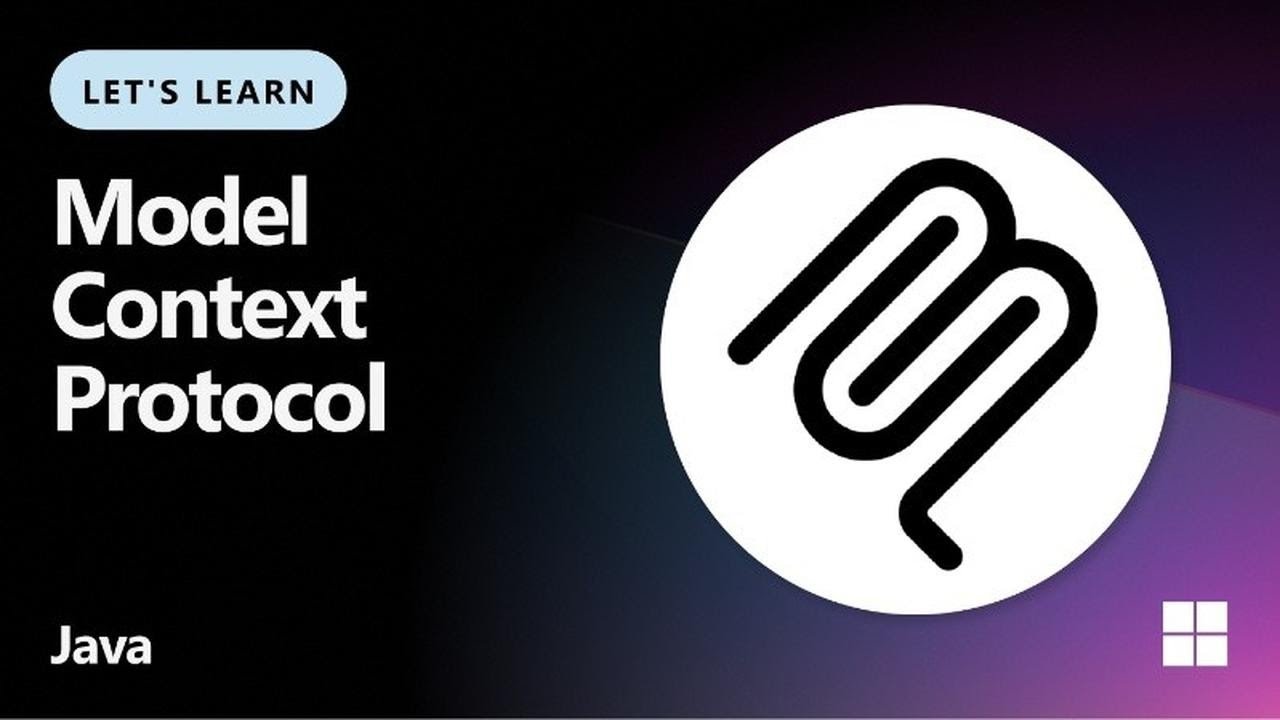The video “Let’s Learn MCP: Java” provides an introductory overview of Java programming fundamentals, covering basic syntax, data types, control flow statements, and essential object-oriented programming concepts within the context of the MCP certification. It emphasizes Java’s platform independence and guides viewers through writing simple programs to build a strong foundation for aspiring developers.
The video “Let’s Learn MCP: Java” serves as an introductory guide to the fundamentals of Java programming within the context of the Microsoft Certified Professional (MCP) certification. It begins by outlining the importance of Java as a versatile, object-oriented programming language widely used in various applications, from web development to mobile apps. The presenter emphasizes Java’s platform independence, which allows code to run on any device equipped with the Java Virtual Machine (JVM), making it a valuable skill for aspiring developers.
Next, the video delves into the basic syntax and structure of Java programs. It explains how every Java application starts with a class definition and a main method, which serves as the entry point for execution. The instructor demonstrates how to write a simple “Hello, World!” program, highlighting key components such as classes, methods, statements, and the use of semicolons to terminate statements. This section aims to familiarize viewers with the foundational elements of Java code.
Following the syntax overview, the video introduces fundamental programming concepts like variables, data types, and operators. It covers primitive data types such as int, double, char, and boolean, explaining their purposes and how to declare variables. The presenter also touches on arithmetic and logical operators, showing how they can be used to perform calculations and make decisions within a program. This segment is crucial for understanding how to manipulate data in Java.
The tutorial then moves on to control flow statements, including conditional statements like if-else and switch, as well as loops such as for, while, and do-while. These constructs enable programmers to control the execution path of their programs based on certain conditions or to repeat actions multiple times. The video provides examples of each control structure, illustrating their syntax and practical applications, which are essential for writing dynamic and responsive Java programs.
Finally, the video concludes with an introduction to object-oriented programming (OOP) principles in Java. It explains concepts like classes, objects, inheritance, encapsulation, and polymorphism, which are central to Java’s design philosophy. The presenter encourages viewers to practice writing classes and creating objects to better grasp these ideas. Overall, the video offers a comprehensive starting point for learners aiming to build a solid foundation in Java programming as part of their MCP certification journey.
